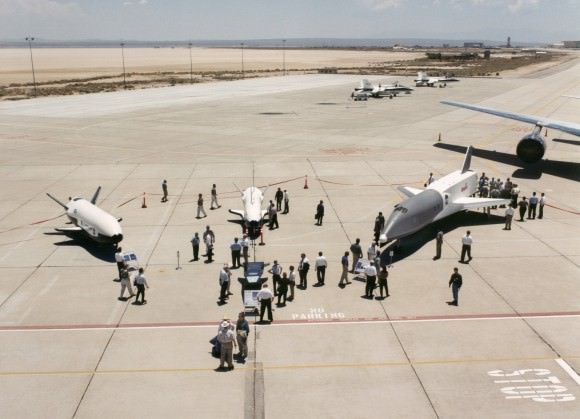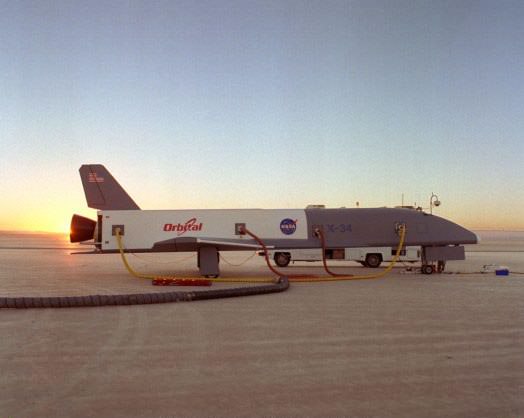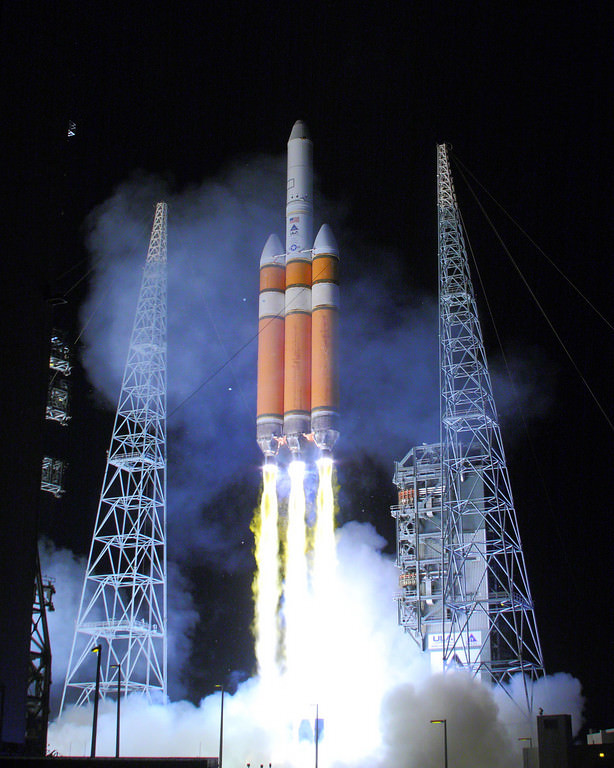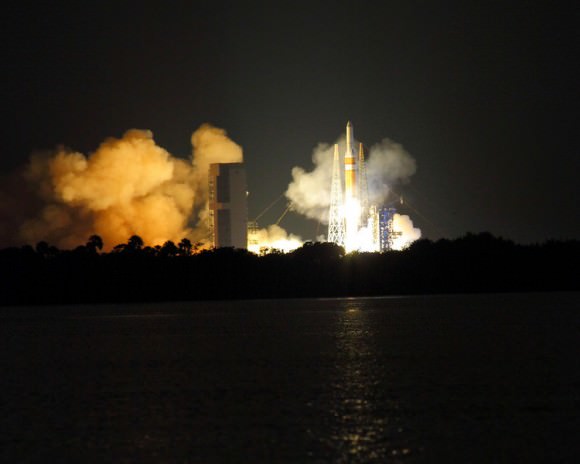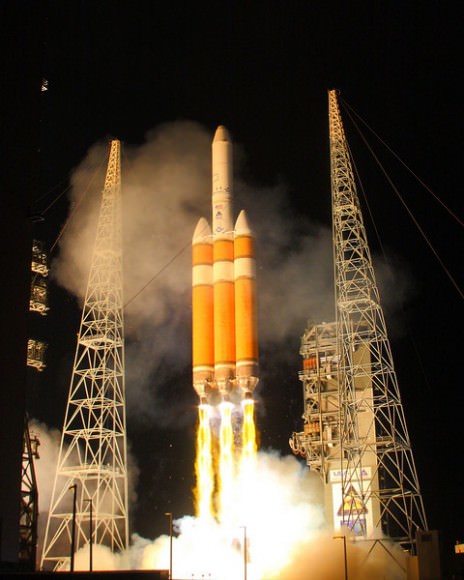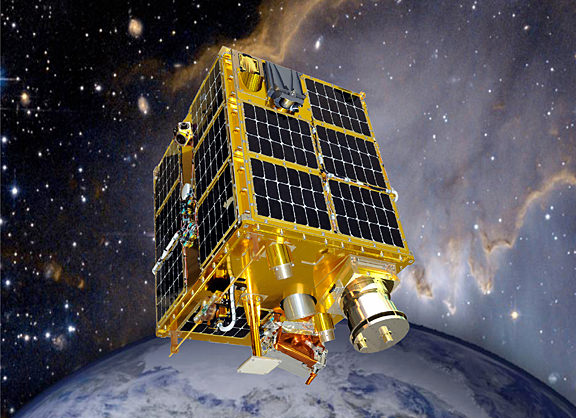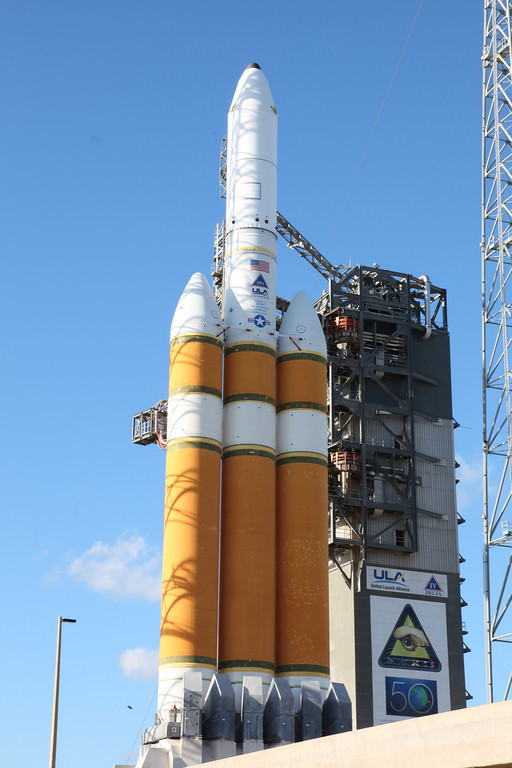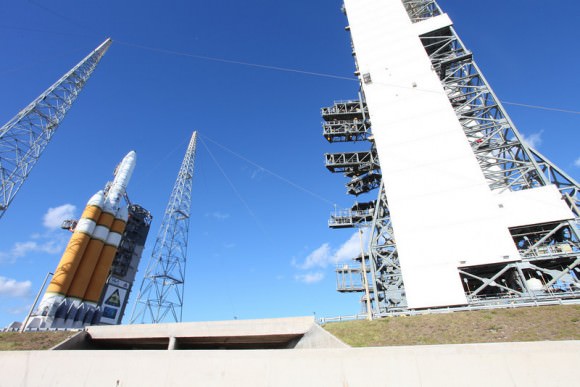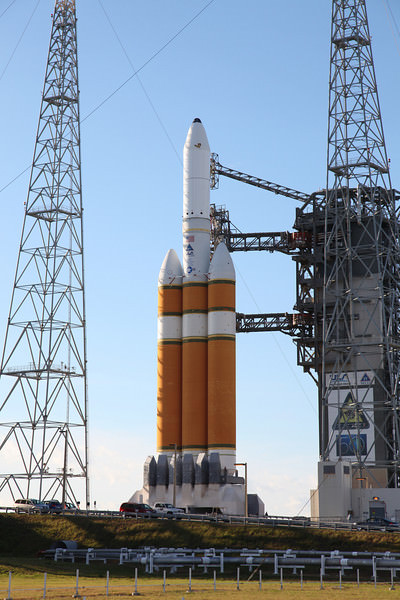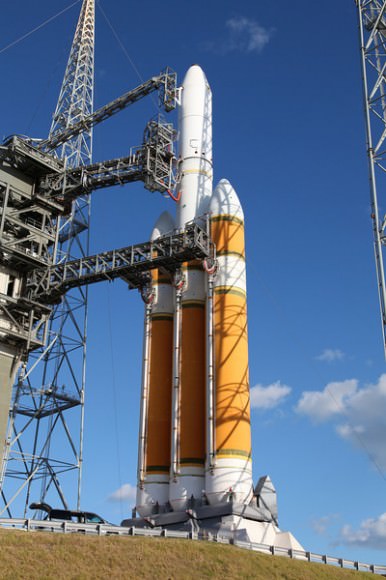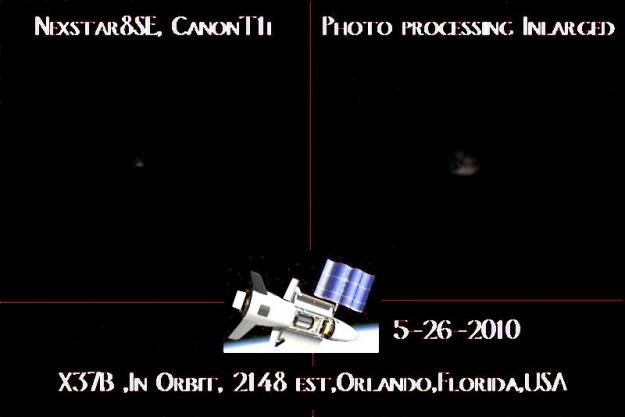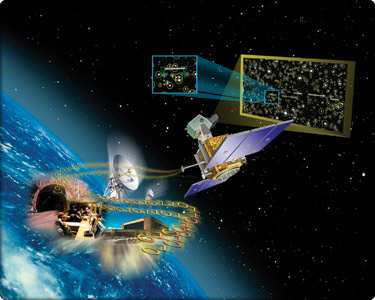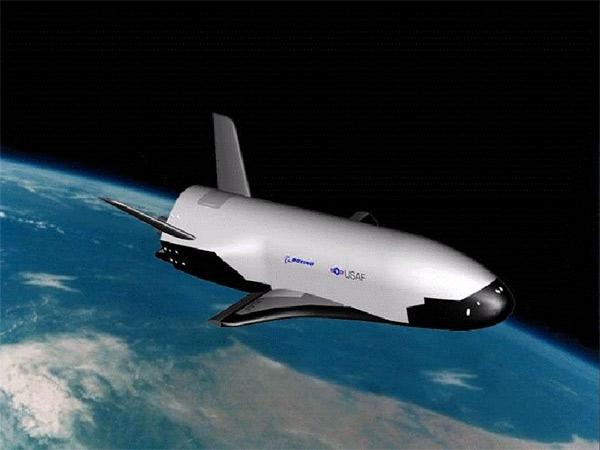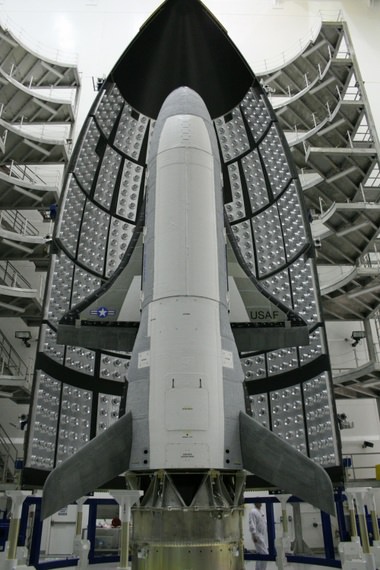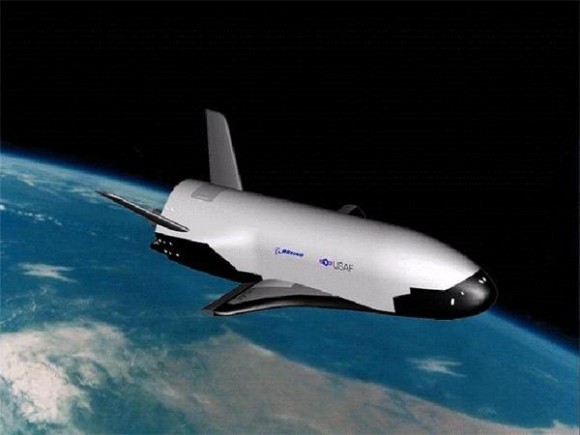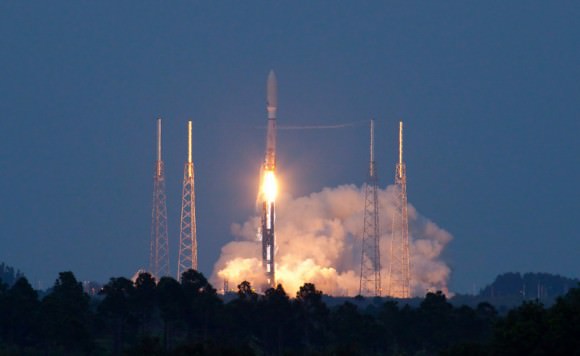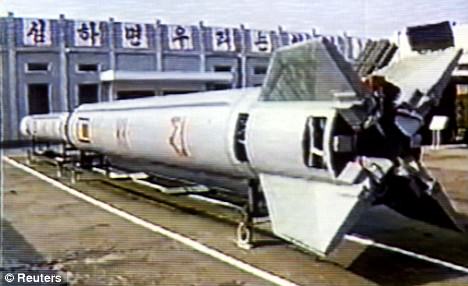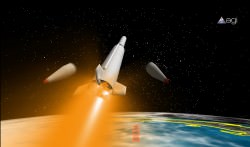[/caption]
They are at the very edge of current U.S. technological capabilities; one is a supposedly mothballed technology test-bed, the other a super-secret space plane that is currently on orbit – but set to land soon. They are the X-planes, experimental spacecraft that are proving out concepts and capabilities whose beginnings can be traced to the dawn of the space age.
It would appear from amateur observers on the ground that the secretive U.S. Air Force X-37B space plane – will be landing soon. This prediction is based off the fact that the craft is dropping in altitude and the more basic fact that it is nearing the limit of its orbital capabilities and has to return to terra firma. According to the U.S. Air Force, the X-37B can remain on orbit for around nine months or 270 days at maximum, this means that the craft should be landing sometime in the middle of January.
The X-37B or Orbital Test Vehicle (OTV) lifted off from Cape Canaveral Air Force Station in Florida on Apr. 22, atop an Atlas V rocket. Not much is known after launch due to a media blackout imposed by the U.S. Air Force.
The Air Force remains mum about the details surrounding the landing and recovery of the X-37B. It is known that the spacecraft will land at Vandenberg Air Force Base in California.
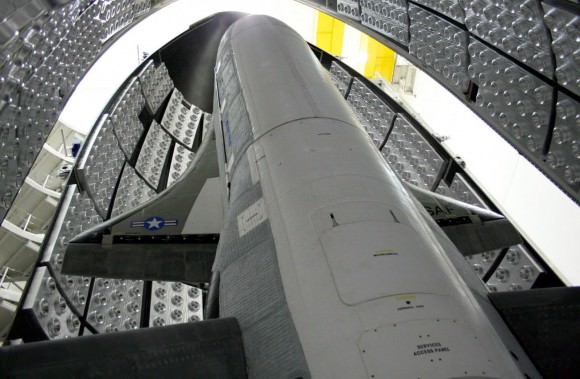
In many ways the craft resembles the shuttle with stubby wings, landing gear and a powerful engine that allows the craft to alter its orbit (much to the dismay of many observers on the ground). When the X-37B does touch down, it will do so at a 15,000 foot-long runway that was originally built to support the shuttle program.
The X-37B is one-quarter the size of the space shuttle. It is about 30 feet long and roughly 10 feet tall, with a 15-foot wingspan. It has a payload bay much like its larger, manned cousin – but naturally whatever that payload was for this mission – it was classified. The space plane was constructed by the Boeing Phantom Works. It is operated out of Schriever Air Force Base, Colorado. Another launch of the craft may take place as early as this March.
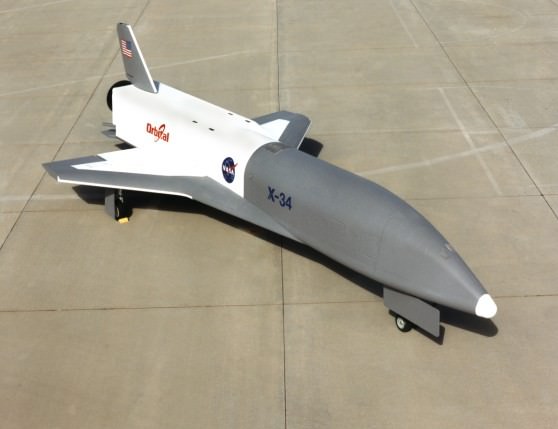
Meanwhile, as the X-37B is ready to head to the hangar, another X-craft appears to be given a new lease on life. Two of the X-34 spacecraft, built by Orbital Sciences Corporation (Orbital), were moved from their hangars at Dryden Flight Research Center to the National Test Pilot School located in the Mojave Desert in California. These technology test-bed demonstrator craft will be inspected by the NASA contractor with the idea of flying them once again.
The roughly 60 foot-long spacecraft were put into mothballs back in 2001. If their flight status is renewed they would add to the growing fleet of robotic spacecraft that the United States appears to be building.
The ‘X’ craft have a long and storied history in American aviation and space exploration. One of the most famous of the “X’ planes – was the legendary X-15. None other than the first man to walk on the moon, Neil Armstrong, flew in this program which tested out concepts that would be later employed in the space shuttle. As the X-37B prepares to end its first mission and the X-34 may be at the verge of a rebirth – could we be at the dawn of a new ‘X’-era? Only time will tell.
